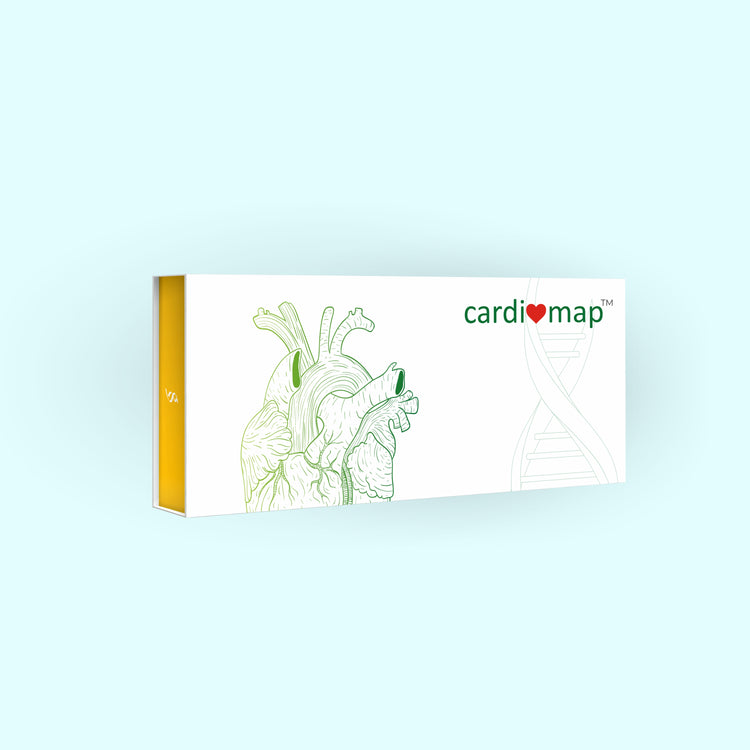LDLRAD4
LDL-R4: The LDL Receptor Family Member 4
LDL-R4, also known as low-density lipoprotein receptor-related protein 4, is a member of the LDL receptor family that plays a crucial role in lipid metabolism. It is a single-pass transmembrane protein with a large extracellular domain involved in ligand binding and an intracellular domain involved in signal transduction.
LDL-R4 primarily binds to apolipoprotein E (apoE) and apolipoprotein A-II (apoA-II) present on the surface of triglycerides (TGs) and cholesterol-rich intermediaries, known as very low-density lipoproteins (VLDLs) and high-density lipoproteins (HDLs), respectively. Upon binding, LDL-R4 mediates the internalization of these particles into cells, facilitating the uptake of lipids for energy production or storage.
Dysfunction or mutations in LDL-R4 have been linked to several lipid metabolism disorders:
Familial Dysbetalipoproteinemia: A rare inherited condition characterized by high levels of cholesterol-rich VLDLs and intermediate-density lipoproteins (IDLs) due to impaired clearance of apoE-containing lipoproteins by LDL-R4.
Hypertriglyceridemia: Elevated levels of TGs in the blood, often associated with decreased activity of LDL-R4.
CVD Risk: Studies suggest that mutations in LDL-R4 may increase the risk of cardiovascular disease (CVD) by promoting inflammation and plaque formation in arteries.
Did you Know ?
A study published in the journal "Circulation" found that individuals with a specific mutation in the LDL-R4 gene had a 30% higher risk of developing CVD compared to those without the mutation.


